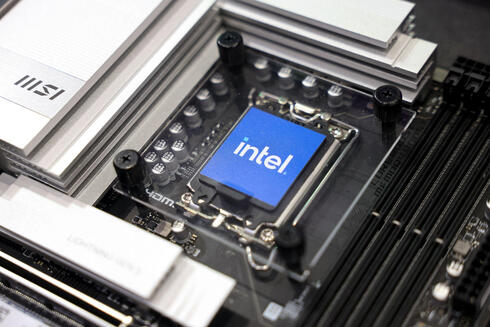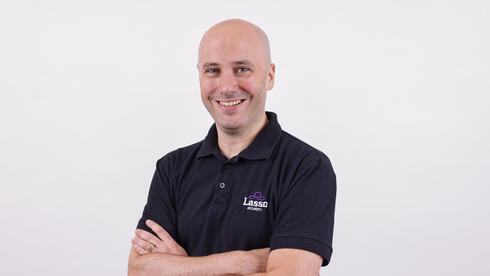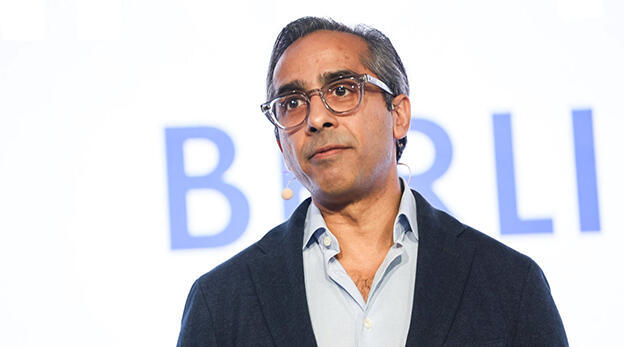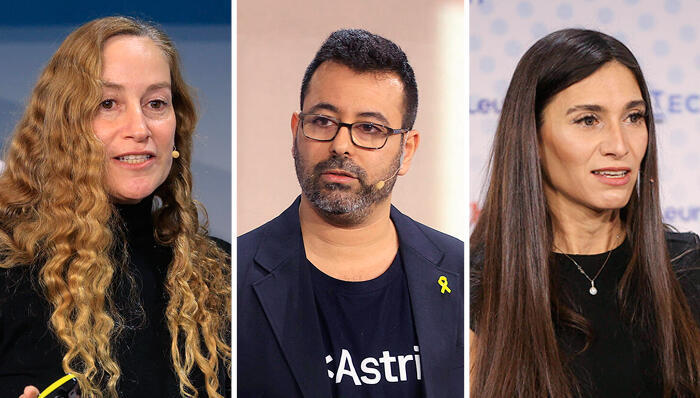
Intel revives its iconic brand as it fights for relevance
The new “Intel Inside” campaign is embracing nostalgia and underscores Intel’s broader effort to rebuild its reputation after years of missteps.
Intel is trying to do something it has failed at for years—convince the world it still matters. At the Intel Vision 2025 event in Las Vegas, the company unveiled a bold new branding campaign: “That’s the power of Intel Inside.” On the surface, this move revives one of Intel’s most recognizable slogans from the 1990s, but beneath it lies a broader effort to redefine the company’s role in the industry. The announcement on Wednesday was more than just a marketing refresh—it was a statement of intent, arriving just two days after new CEO Lip-Bu Tan delivered a candid assessment of Intel’s struggles and the ambitious steps needed for a turnaround.
The decision to double down on branding at such a pivotal moment underscores the depth of Intel’s challenges. Once the undisputed leader in semiconductors, the company has struggled against Nvidia, AMD, and other competitors while grappling with missed deadlines, manufacturing missteps, and a lagging presence in artificial intelligence (AI). Tan’s remarks at the conference made it clear: this is not just about marketing. It’s about rebuilding trust, execution, and engineering excellence.
Intel’s new branding push is meant to remind the world of its deep influence on modern computing, but the company knows that nostalgia alone won’t be enough. Tan’s speech on Monday reflected an awareness that Intel’s problems run deeper than public perception.
"It has been a tough period for quite a long time for Intel," Tan admitted. "We fell behind on innovation. As a result, we have been too slow to adapt and to meet your needs. You deserve better, and we need to improve."
His speech was a stark acknowledgment of the missteps that have allowed competitors to outpace Intel in key markets. But it was also a call to action. Tan emphasized the need to return to first principles—prioritizing engineering excellence, improving execution, and delivering products that meet customer needs on time.
The new branding campaign, then, is not just a marketing maneuver. It is a sign of a deeper cultural shift within the company—one that Tan hopes will refocus Intel on the core strengths that once made it an industry powerhouse.
One of the biggest strategic shifts under Tan’s leadership is Intel’s expansion into the foundry business. Traditionally, Intel has designed and manufactured its own chips, but Tan is pushing to transform Intel into a leading contract manufacturer for other companies—a move that would put it in direct competition with Taiwan Semiconductor Manufacturing Company (TSMC) and Samsung.
"As we strengthen our Intel products, we are equally committed to building a great foundry," Tan said.
Success in this arena would mark a significant shift for Intel, opening up a new revenue stream and positioning the company as a key player in a changing semiconductor landscape. More details are expected at the upcoming Intel Foundry Direct Event.
Another critical battleground is AI. Intel has struggled to compete with Nvidia, whose dominance in AI accelerators has left Intel’s Gaudi chips trailing far behind. Tan did not downplay these challenges but made it clear that Intel is committed to competing.
"If I have my way, our future systems will outperform rival products, sell for less, and use less energy," he said, signaling a determination to position Intel as an alternative to Nvidia’s power-hungry AI chips.
Beyond AI, Tan also pointed to growth areas like custom semiconductors, robotics, photonics, and quantum computing. He hinted that Intel’s quantum computing efforts are progressing faster than many expect, while also teasing upcoming developments in robotics.
Despite the bold vision, Tan acknowledged that turning Intel around will not be easy.
"It won’t happen overnight, but I know we can get there," he said. "We are here to serve you and earn your trust. I won’t be happy and satisfied until we consistently deliver our promise, on time, on quality, to exceed your expectation."
Investor confidence remains uncertain. But Tan’s direct, no-nonsense approach has resonated with industry observers who believe a renewed focus on engineering discipline could be Intel’s best path forward.
Ultimately, Intel’s rebrand is more than just a fresh coat of paint—it’s a signal of intent. Under Tan’s leadership, the company is attempting to move beyond its past missteps and reclaim its stature in the semiconductor industry. Whether Intel can deliver on its promises remains to be seen, but one thing is clear: the company is no longer content to coast on its legacy. Now, it has to prove that “Intel Inside” still means something.














